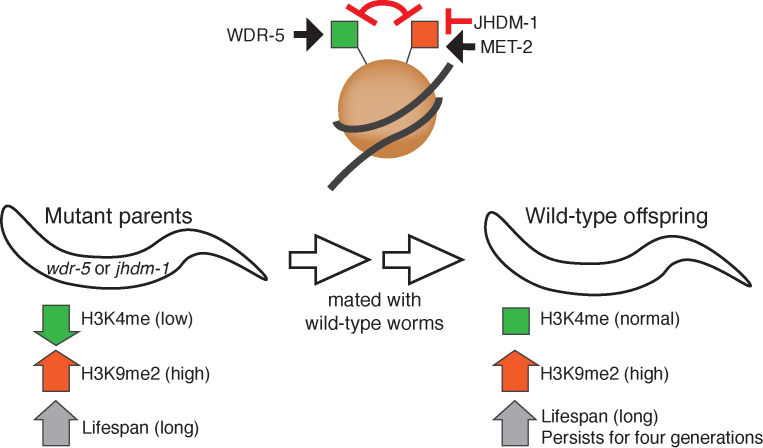Figure 1. Certain epigenetic changes are linked to the inheritance of extended lifespans in worms.
Top: The WDR-5 enzyme helps to place the H3K4me mark (green), which promotes gene expression, on proteins called histones (brown circle) that package DNA (grey ribbon). In parallel, the MET-2 enzyme places the H3K9me2 mark (red), which represses gene expression. The two marks functionally antagonize each other. An enzyme called JHDM-1 is predicted to remove H3K9me2. Bottom: Worms with mutations in wdr-5 or jhdm-1 (left) that have low levels of H3K4me (green arrow), also show higher levels of H3K9me2 (red arrow) and an increased lifespan (grey arrow). When these long-lived mutants are mated to wild-type worms with a normal lifespan, their genetically wild-type offspring (right) are still long-lived for several generations (grey arrow). These worms show normal levels of H3K4me mark (green square) and regions of sustained increase in H3K9me2 (red arrow) inherited from their mutant ancestors.
Image credit: Cheng-Lin Li.

